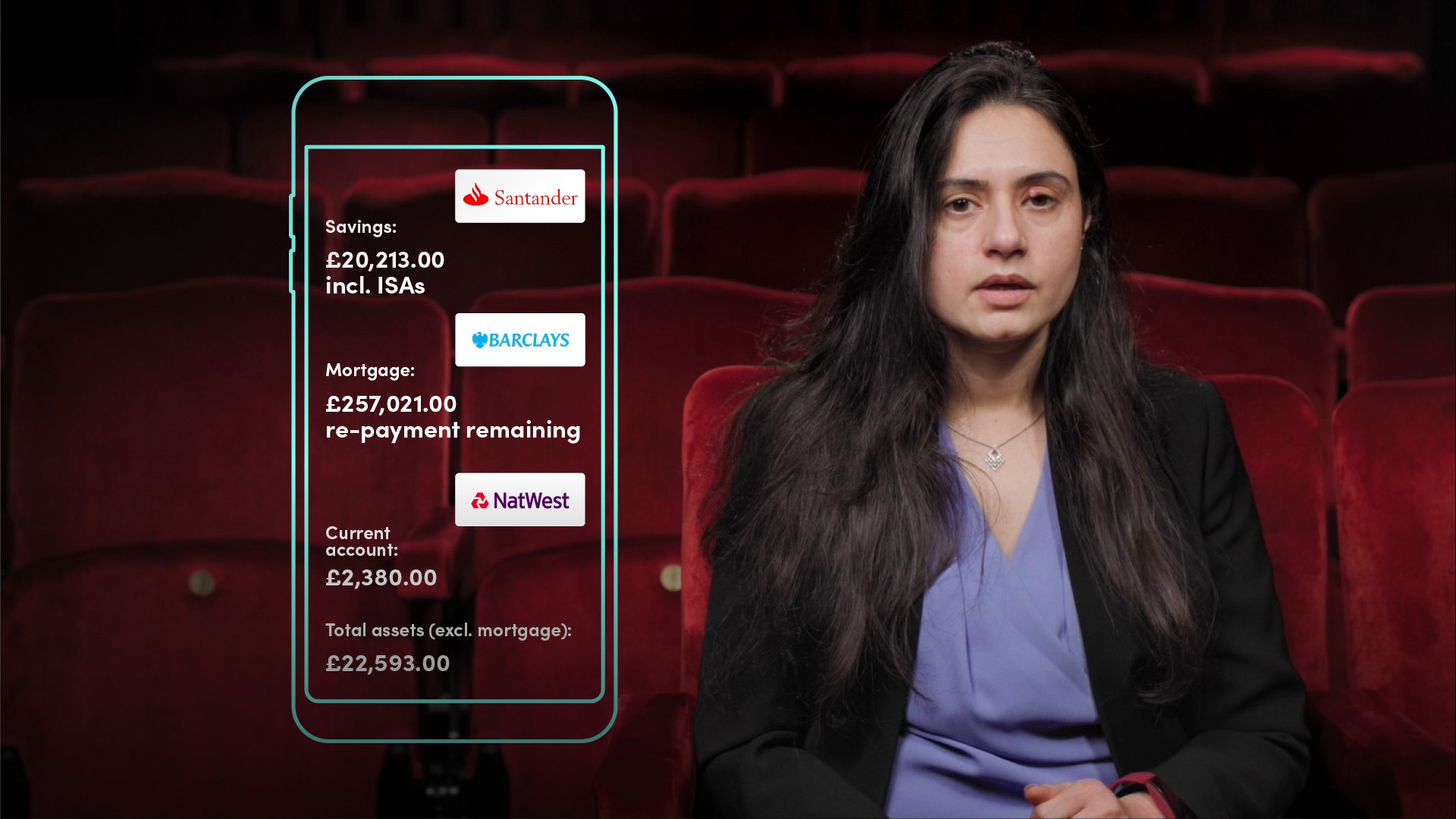
What are the Benefits of Open Banking?

Ritu Sehgal
20 years: Corporate banking
Open banking refers to the idea that customers have a right to see, and utilise their entire portfolio of account information across all financial institutions with whom they have a relationship. In this video Ritu gives us an overview of Open banking and further highlights the expected practical implications of open banking for the customer.
Open banking refers to the idea that customers have a right to see, and utilise their entire portfolio of account information across all financial institutions with whom they have a relationship. In this video Ritu gives us an overview of Open banking and further highlights the expected practical implications of open banking for the customer.

What are the Benefits of Open Banking?
4 mins 20 secs
Key learning objectives:
Define Open Banking
Understand how Open Banking works
Outline the benefits of Open Banking
Overview:
Traditionally, consumers would use a single bank to manage all of their financial issues. Over the last two decades, it has grown more common for a firm or individual to deal with more than one bank. With the vast majority of customers having multiple banking relationships, it has become necessary to see an aggregated view of all information in one place and be able to take action across the entire portfolio.
What is Open Banking?
Open banking refers to the idea that customers have a right to see, and utilise their entire portfolio of account information across all financial institutions with whom they have a relationship.
How does Open Banking work?
Account aggregation, which is the ability to use application programming interfaces, also known as APIs, to gather, aggregate, and display information from numerous sources for the benefit of the customer, is a key component of open banking.
The other key concept is payment initiation from a single interface or rather the ‘aggregated interface’.
What are the benefits of Open Banking?
Open banking allows the customer to:
- View consolidated position within one interface/portal.
- Take an action from the interface.
- Make an informed choice based on the comparable offerings presented or aggregated and most importantly saves the customer tedious efforts of sending and receiving information manually.

Ritu Sehgal
There are no available Videos from "Ritu Sehgal"

